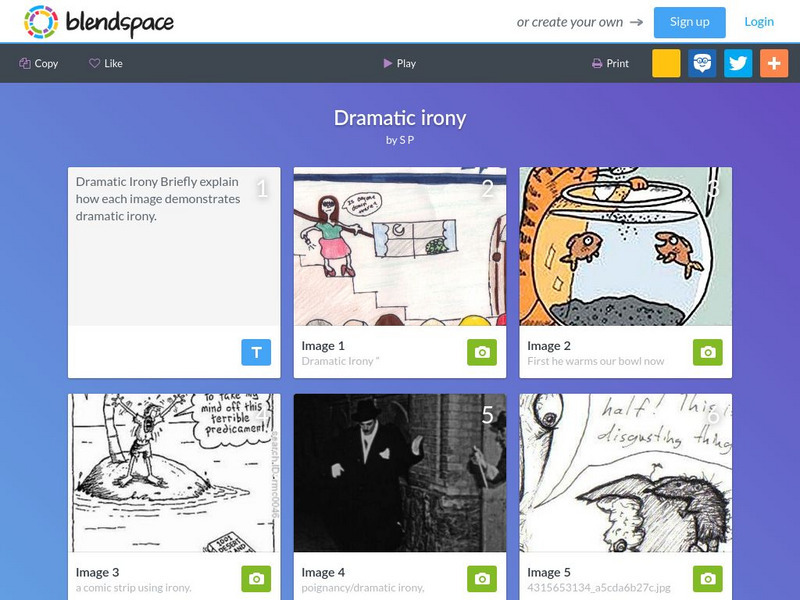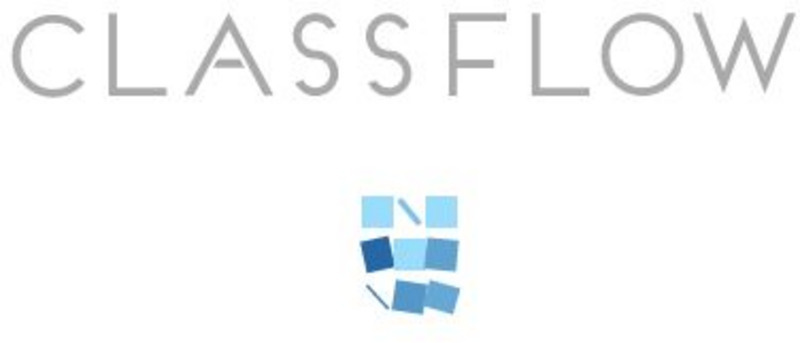Annenberg Foundation
Annenberg Learner: Literature: Exploring Point of View
This page explains point of view by discussing examples of situations where mutiple people witness an event, but have different perspectives on what occured. It offers a link at the bottom of the page to information about types of point...
Texas Education Agency
Texas Gateway: Development of Characters Through Literary Devices
This lesson focuses on how writers develop characters through a variety of techniques: narration, dialogue, interaction with other characters, interaction with setting, and character's thoughts.
Texas Education Agency
Texas Gateway: Analyze Literary Essays' Inclusion of Personal Opinions and Facts
In this lesson, you will learn how to identify and discuss the use of facts, personal examples, and ideas and how they are woven into a literary essay.
Texas Education Agency
Texas Gateway: Dramatic Irony (English I Reading)
This lesson focuses on dramatic irony, when the reader or audience has more information about what is going to take place or what might develop in the story than the characters do.
HotChalk
Hot Chalk: Lesson Plans Page: The Nature of the Antagonist
This lesson plan teaches young scholars to understand the differences between protagonists and antagonists, to recognize a "villain" in storytelling, and to understand conflict as used in literature.
Other
Blackboard: Author's Point of View (Attitude and Tone)
Learn about author's attitude and tone, and see examples of tone used to convey nostalgia, cynicism, and sentiment in a text. This is an excellent resource for helping students identify key words and phrases that give clues about the...
PBS
Pbs Learning Media: Literary Elements and Techniques: Tone and Mood
Explore the difference between tone and mood in this animated video [2:28] from WNET through definitions and examples from poetry and prose. Discussion questions below help students to further apply their understanding before analyzing a...
Louisiana Department of Education
Louisiana Doe: Louisiana Believes: English Language Arts, Grade 9: Laughter
Students understand that specific structures and literary elements create humorous effects in a variety of print and nonprint sources. Students explore the development of humor to determine a text's deeper meaning and purpose, and apply...
Louisiana Department of Education
Louisiana Doe: Louisiana Believes: English Language Arts: Grade 8: The Tell Tale Heart
Eighth graders explore the role of the narrator and point of view in a text. Students will understand how the narrative voice of a text can blur the line between fact and fiction and how a story truth is often different from but relates...
Ted Nellen
Cyber English (By Ted Nellen): Setting
This is a glossary entry for the term "Setting," the time and place a story takes place.
Other
Univ. De Valencia: Lord of the Flies Essay
This site offers an essay written on The Lord of The Flies. A good example of a literary analysis essay including the use of embedded quotations. W.11-12.9a Amer Lit 18th,19th, 20th cen/Analy
Joe Landsberger
Study Guides Strategies: Reading Fiction: Narrator and Character Types
A clear explanation of the various types of narrators in fiction, as well as some questions a reader can ask to determine narrator type and make other analyses about a piece of literature.
Other
Gallaudet University: English Works: Guide to Different Types of Essays
English Works site has suggestions on how to write an essay to convey helpful information. This site offers examples of eight different types of essays and graphic organizers.
Quia
Quia: Compare/contrast Character, Plot, and Setting Test
This interactive activity assesses students' understanding of the story elements. Students will read passages that include a short story and a brief drama; then students will answer assorted questions associated to each piece.
Quia
Quia: Rags to Riches Author's Tone and Point of View
Answer questions about author's purpose, tone, and point of view in this Rags to Riches style game.
Houghton Mifflin Harcourt
Holt, Rinehart and Winston: Elements of Literature: Analyzing a Myth [Pdf]
A brief worksheet/organizer in which students can analyze the content of a given mythological story. Includes five questions and space for students answers and analysis.
Houghton Mifflin Harcourt
Holt, Rinehart and Winston: Elements of Literature: The Short Story [Pdf]
A short group of exercises for students concerning the elements of a short story. Allows students to examine the major story elements, then apply those elements to a given piece of literature.
Houghton Mifflin Harcourt
Holt, Rinehart and Winston: Elements of Literature: Determining Methods of Characterization [Pdf]
A brief organizer in which students can document how a character in literature is presented, through either direct or indirect characterization. Provides labels, examples, and sections for textual support.
TES Global
Blendspace: Dramatic Irony
Work through links to six images that demonstrate dramatic irony.
Tom Richey
Slide Share: Author's Purpose 8th Grade
A slideshow with twenty slides with information and examples of four different purposes an author can have for writing a text: to entertain, to persuade, to express, or to inform/explain.
Other
Prezi: Perspective vs Point of View
Learn how to tell the difference between perspective and point of view by viewing this slideshow.
ClassFlow
Class Flow: Short Story Unit Applying Literary Terms
[Free Registration/Login Required] This flipchart is a review and assessment of a collection of short stories. The following literary terms are applied to the stories: plot structure, types of characters, characterization, irony,...
ClassFlow
Class Flow: Sound Elements and Literary Terms Review
[Free Registration/Login Required] This flipchart helps students review sound elements such as alliteration, onomatopoeia, assonance. It also includes a review of most literary terms. A $1,000 pyramid-type of review is included as well.
ClassFlow
Class Flow: Evaluation Peer's Stories
[Free Registration/Login Required] This flipchart is designed for students to have a guideline for evaluating a peer's stories. Once a peer or teacher has read another peer's story, this will guide you on traits to look for in a good...



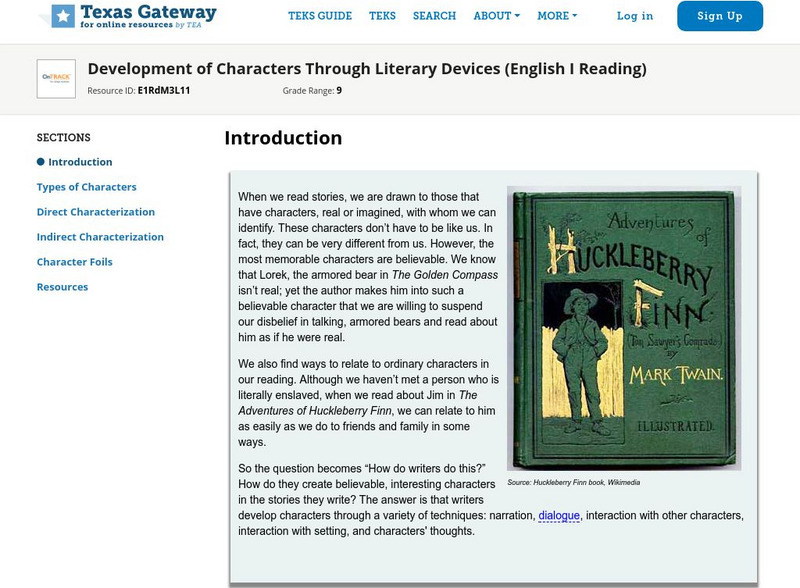

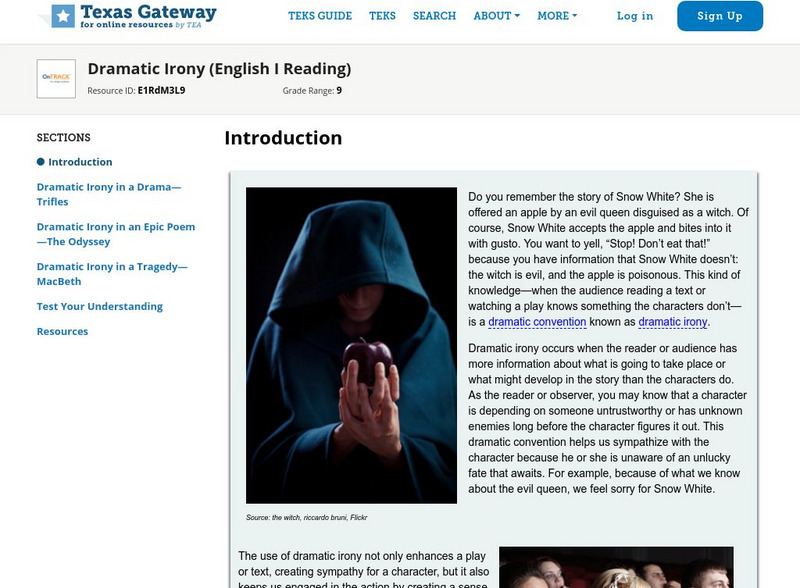



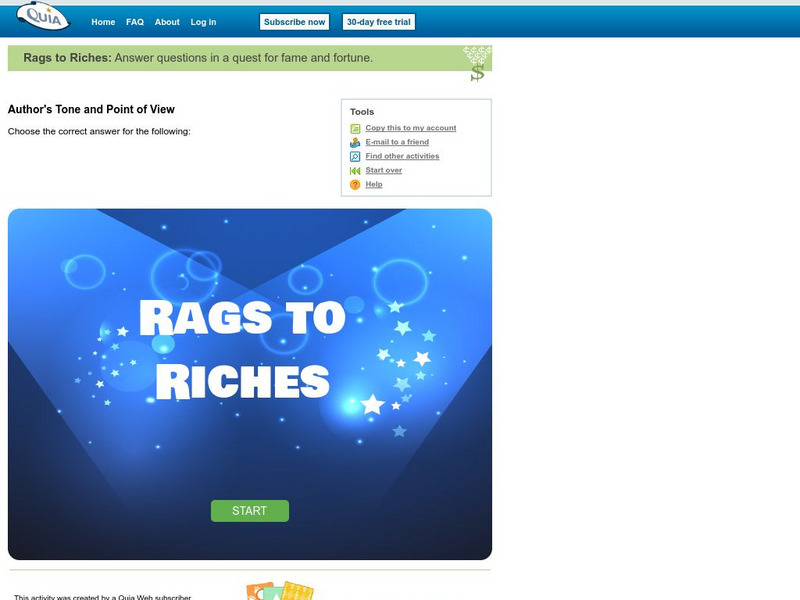
![Holt, Rinehart and Winston: Elements of Literature: Analyzing a Myth [Pdf] Graphic Holt, Rinehart and Winston: Elements of Literature: Analyzing a Myth [Pdf] Graphic](http://content.lessonplanet.com/resources/thumbnails/410056/large/bwluav9tywdpy2symdiwmduymc03nzc3ltexmgnrbhyuanbn.jpg?1589985144)
![Holt, Rinehart and Winston: Elements of Literature: The Short Story [Pdf] Unit Plan Holt, Rinehart and Winston: Elements of Literature: The Short Story [Pdf] Unit Plan](http://content.lessonplanet.com/resources/thumbnails/410057/large/bwluav9tywdpy2symdiwmduymc03ode4lte1bw5wdgouanbn.jpg?1589985144)
![Holt, Rinehart and Winston: Elements of Literature: Determining Methods of Characterization [Pdf] Graphic Holt, Rinehart and Winston: Elements of Literature: Determining Methods of Characterization [Pdf] Graphic](http://content.lessonplanet.com/resources/thumbnails/410109/large/bwluav9tywdpy2symdiwmduymc0ymjy4mc0xz3pvamf3lmpwzw.jpg?1589985471)
